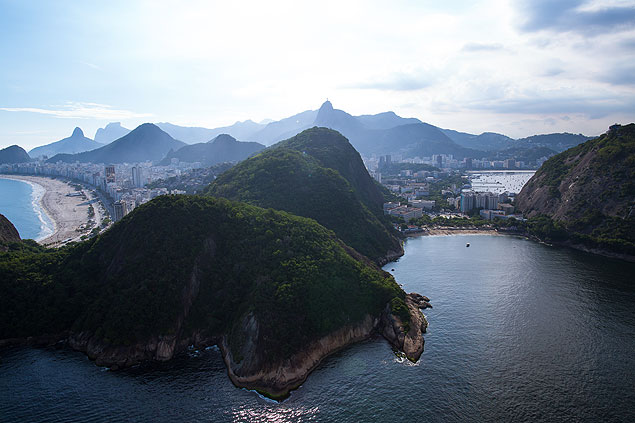Latest Photo Galleries
Brazilian Markets
16h17 Bovespa |
+1,71% | 126.780 |
16h43 Gold |
0,00% | 117 |
16h27 Dollar |
-0,92% | 5,1161 |
16h30 Euro |
+0,49% | 2,65250 |
ADVERTISING
Rio Tries to Contain Expansion of the City, but Olympics Attract New Projects to West Zone
03/02/2015 - 09h45
Advertising
ITALO NOGUEIRA
FROM RIO
After more than four centuries of expansion of urban occupation toward the city's west zone, Rio de Janeiro commemorated its 450 anniversary last Sunday, March 1, showing signs that it intends to check the expansion.
Still at an early stage, the city is planning to occupy the downtown area once again and set limits to the occupation of its territory.
The change is now occurring mainly with an investment of US$ 2.8 billion in the renovation of the port area. The goal is to attract more housing to the downtown area, where only 5% of the city's 6.4 million residents live.
The plan is confronted by the Olympic Games. The neighborhood of Barra da Tijuca (in the west zone) will host most of the Olympic events - made feasible due to real estate ventures that had assessed what the ideal limit of the city would be.
Founded on March 1, 1565, between the Cara de Cão hill and Sugar Loaf, in the south zone, the city was inhabited starting from the Castelo hill, in the central region.
Residents occupied mostly the entrances of Guanabara Bay, a region delimited by four hills - three of which were destroyed - and several mangroves, which were landfilled.
Urban expansion began in the 19th century, starting from the center and encompassing the Tijuca mountain chain. In the north, it followed the railroad – along the south, it followed the coast.
Mayor Eduardo Paes (PMDB) believes the Olympic Games will consolidate the occupation of an area that is already inhabited and doesn't pose threats to the downtown area.
The west zone holds 40% of the population, while the central areas have abandoned buildings.
Those who criticize the project say the contradiction summarizes one of the city's historic features: the lack of urban planning.
The expansion towards the Pedra Branca chain of mountains, in the west zone, made the city confront the challenges of its origin once again: marshy regions at the base of the mountains.
Since May 2013, a decree forbids the granting of new licenses in the neighborhoods of Guaratiba, Vargem Grande and Vargem Pequena, but makes allowances to Olympic facilities.
"The policy is ambiguous. Words go in one direction and actions go in another," says Sérgio Magalhães, the president of the Brazilian Institute of Architects.
Translated by THOMAS MUELLO
Read the article in the original language
| Daniel Marenco/Folhapress | ||
 |
||
| Still at an early stage, the city is planning to occupy the downtown area once again and set limits to the occupation of its territory |



